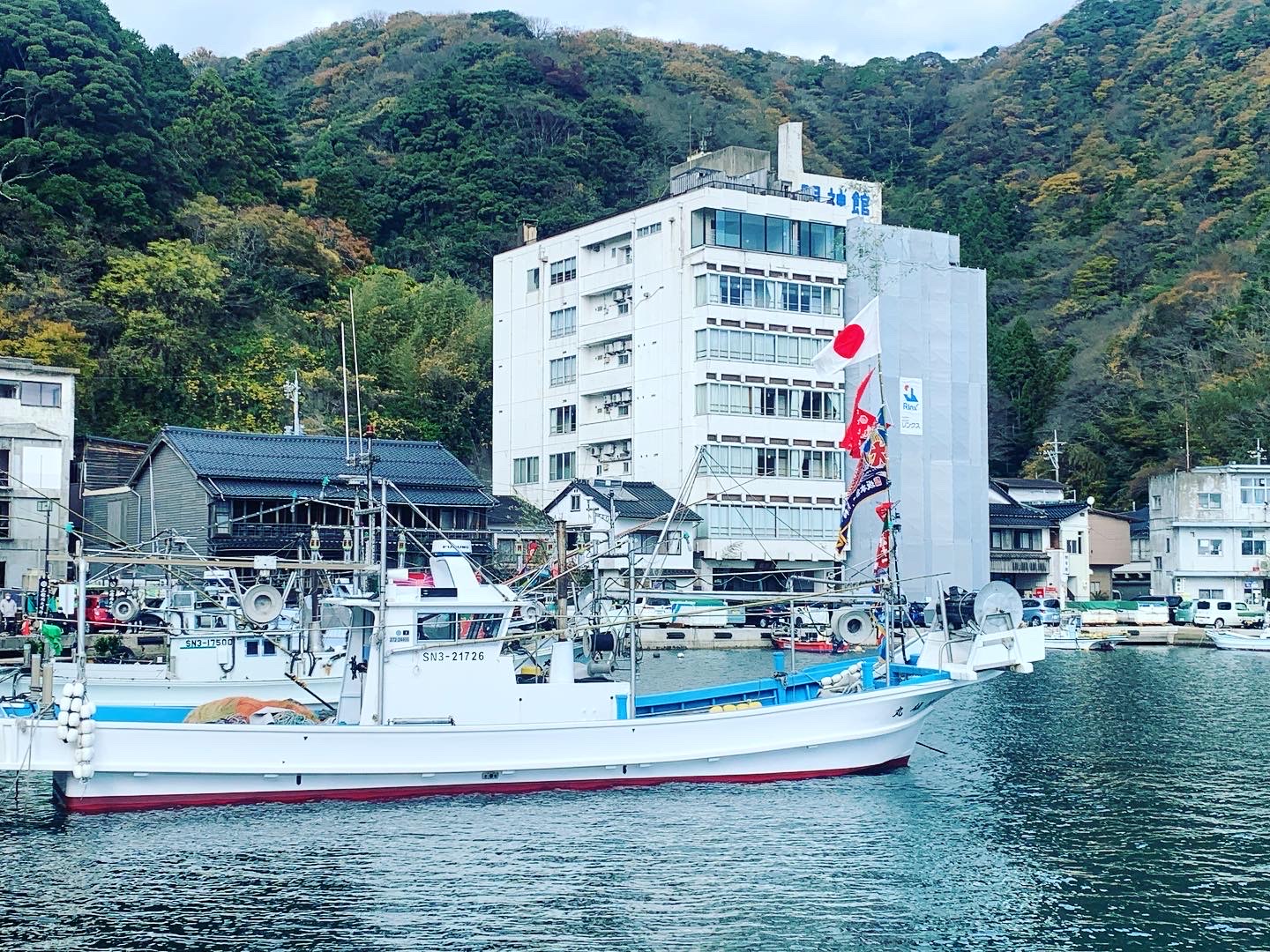Happy New Year! The year 2025 will be a crucial one for Shimane Prefecture’s inbound tourism. While Japan has seen a surge in inbound tourism, Shimane Prefecture faces distinct challenges in capitalising on this opportunity. To thrive in this new landscape, Shimane must take the necessary measures to adapt and turn over a new leaf. According to the San’in Inbound Association, the prefecture should capitalise on its rich mythology, prominently featured in the Kojiki — the oldest surviving text in ancient Japanese history. This strategy aligns with the fact that mythology is an essential intangible heritage of Shimane. Renowned religious scholar Shinichi Nakazawa suggests that foreign travellers may visit Japan in search of a connection to its divinity. If this is true, it would be a source of pride for Shimane locals.
However, there are concerns about the approach to promoting the Izumo myth. Some locals have overextended the story, causing information overload for visitors, while others have focused on obscure indigenous gods that even locals find unfamiliar. Avoiding such overly enthusiastic narratives is essential, though it is often easier said than done. We must reflect on whether our efforts truly benefit the guests. Visitors may not come solely for the mythology but also to experience serene landscapes, off-the-beaten-path destinations, and the opportunity to craft traditional artwork.
My Japan – what Japanese people want tourists to see – differs from Your Japan — what foreign travellers wish to experience. Imagine visiting China to see landmarks like the Great Wall and the Forbidden City. If guides focus too much on emperors’ achievements, it could overwhelm and bore visitors. Their China differs from our perspective.
I encountered a similar situation when writing an essay about Matsue for a class at Temple University, Japan, an American institution with students from diverse backgrounds. I overloaded my essay with local details, eager to boast about my hometown. Five proper nouns appeared on a single page, prompting a Russian classmate to say, ‘I diligently read it five times but couldn’t grasp what you wanted to say’. Shimane might face a similar pitfall and must avoid this failure.
Tour guides play a crucial role in this, and their competence is paramount. Flexibility and adaptability to guests’ needs are essential but challenging to achieve. To effectively convey the essence of Izumo mythology, guides are required to possess advanced language skills. This is not merely about giving directions but providing an engaging and authentic narrative.
So, why not bring in guides from major cities like Tokyo who are fluent in English? This might seem like an obvious solution, but it’s not ideal. Guides need to be deeply rooted in local history and culture. Shimane residents, regardless of nationality, are part of the world of Izumo and can convey a sense of reality beyond words. This non-verbal connection adds immense value for travellers.
The private sector needs to work diligently to get Shimane’s inbound off the ground. At the same time, government entities, including the Shimane Prefectural Office, the San’in Inbound Association, and the Development Bank of Japan, must productively nurture local guides, ensuring they can make a sustainable living from their expertise and improve their social status, which has traditionally been insufficient in Japan. Indeed, the administration should not exploit the abilities of these highly talented individuals by requiring them to work as volunteers. A collaborative effort between the public and private sectors is essential for transforming Shimane into a welcoming destination for international visitors.
The Deities Editorial Board

